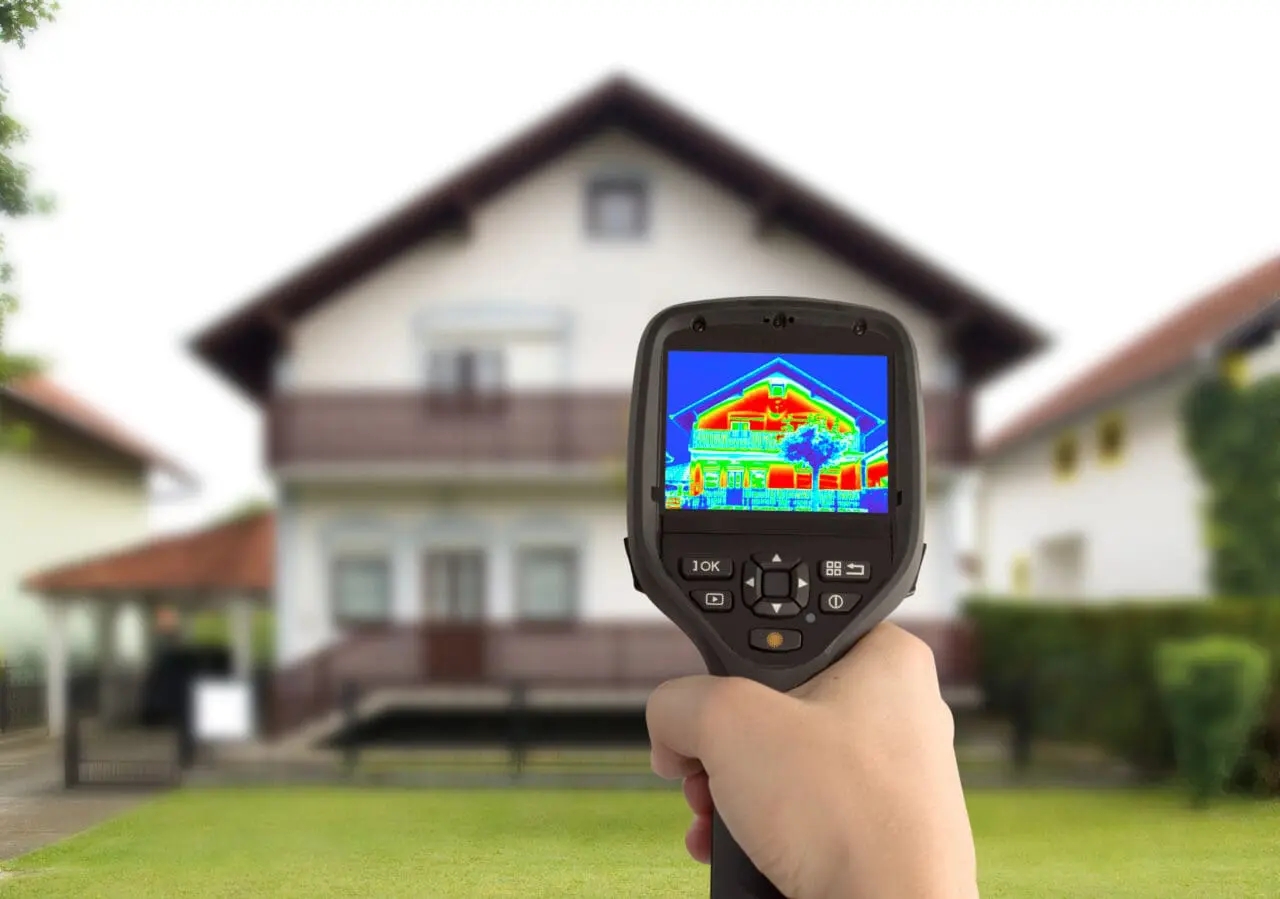

Hull-based company iHelios has developed a revolutionary new way of providing heating to homes and businesses – electric infrared ‘wallpaper’. This type of wallpaper is temperature controlled, energy efficient, and could potentially replace traditional central heating systems.
Electric infrared wallpaper works by emitting heat directly into a room in the same way as an electric radiator or heater. The main benefit compared to conventional methods is that this type of wallpaper doesn’t need hot water radiators or other piping, meaning it’s cheaper and easier to install. Because it emits heat directly into the room rather than relying on air circulation like some other heating systems, it can heat a space more quickly and efficiently.
The advantages of electric infrared wallpaper are numerous. Not only is it easier to install than traditional radiators, but it also requires less maintenance and can be used in places that would otherwise be difficult to heat with a central heating system. It’s also energy-efficient and has a low running cost as it doesn’t use hot water to generate heat. Furthermore, the temperature control feature allows users to customise the amount of warmth in their home or office space.
Electric infrared wallpaper has the potential to revolutionise the way that homes and businesses are heated by providing an efficient and effective solution for temperature control. Although there are some drawbacks such as installation costs and compatibility issues, this type of heating system could be a cost-effective and energy-efficient alternative to traditional radiators. It’s worth considering whether electric infrared wallpaper is the right option for your needs before taking the plunge.
Electric infrared wallpaper is energy efficient and cost effective. It doesn’t require any additional piping or hot water radiators, meaning installation costs are lower than traditional heating systems. This type of wallpaper also helps to reduce carbon emissions – since it requires no fuel, there’s no need for burning fossil fuels in order to provide warmth. Moreover, electric infrared wallpaper gives you greater control over the temperature of your home or business by allowing you to set an exact temperature for each room.
Although electric infrared wallpaper may seem like an attractive option for some homeowners, there are several things you should consider before making the switch from radiators. Firstly, installation costs can be high, so you’ll need to factor this in when budgeting for your new heating system. Secondly, electric infrared wallpaper is not suitable for all areas, as it needs to be installed in well-insulated rooms and the wiring requires specialist knowledge. Finally, you should also consider whether or not the age of your property is suitable for electric infrared wallpaper, as it may not be compatible with older buildings.
Traditional radiators still have their place, especially in larger commercial premises where the cost of installing electric infrared wallpaper may not be feasible. However, for smaller homes or businesses, electric infrared wallpaper could offer a great alternative to traditional central heating systems.
Electric infrared wallpaper has the potential to revolutionise the way we heat our homes and businesses. By offering an energy efficient solution that is cheaper and easier to install than traditional radiators, iHelios is paving the way for a more sustainable future in heating technology. As more people become aware of the benefits of this type of system, it’s likely that electric infrared wallpaper will become increasingly popular over time – rendering conventional radiators obsolete!
The development of electric infrared wallpaper by Hull-based company iHelios could have a significant impact on the way we heat our homes and businesses. Not only is it energy efficient and cost-effective, but it also offers greater control over temperatures in each room. As awareness of this type of system grows, it could very well become the heating solution of choice for many people in the near future.
This website uses cookies to improve your experience. Choose what you're happy with.
Required for the site to function and can't be switched off.
Help us improve the website. Turn on if you agree.
Used for ads and personalisation. Turn on if you agree.
This website uses cookies to improve your experience. Choose what you're happy with.
Required for the site to function and can't be switched off.
Help us improve the website. Turn on if you agree.
Used for ads and personalisation. Turn on if you agree.